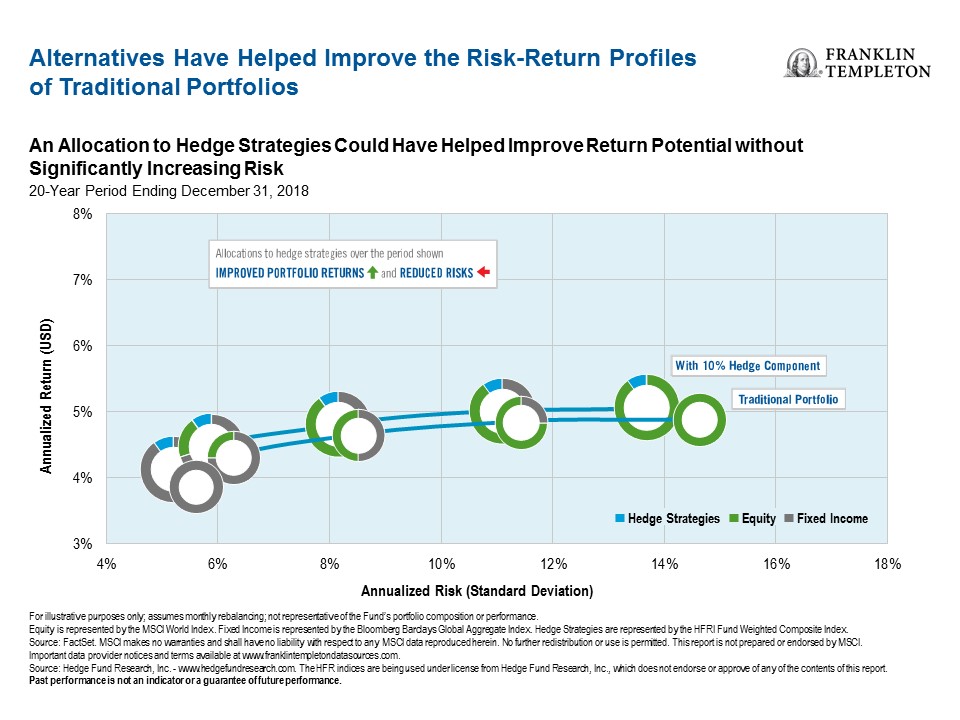Not surprisingly, the Liberals’ fourth federal budget released Tuesday afternoon is the predicted pre-election spendathon targeting the two big voting blocks of Seniors and Millennials. You may wish to refresh this link from time to time, or check my Twitter feed at @JonChevreau. Also check out FP Live’s “Everything you need to know about Federal Budget 2019.”
One of the first reports out was the CBC: Liberals table a pre-election budget designed to ease Canadians’ anxieties. It said that Morneau’s fourth budget includes $22.8 billion in new spending. The 460-page document is titled Investing in the Middle Class. Not surprisingly, the CBC noted, there is no timeline for erasing the Deficit, projected to be $20 billion next year, then falling to $15 billion two years later, and then to $10 billion in 2023-24.
First-time home buyers can tap RRSPs for $35,000
As predicted, the Budget targets Millennials who are finding it hard to get a foot on the housing ladder. It boosts the amount of money that can be withdrawn from RRSPs for a first-time home purchase, from the previous $25,000 to $35,000 ($70,000 for couples). Low-income seniors will be able to keep more of the Guaranteed Income Supplement (GIS) if they opt to remain in the workforce and safeguards are being introduced to protect employer pensions in the event of bankruptcies.
Among other spending initiatives is ensuring access to high-speed Internet by 2030 across the country, $1.2 billon over three years to help First Nations children access health and social services, an additional $739 million over five years to repair water systems on First Nations reserves, and a federal purchase incentive of up to $5,000 for electric battery or hydrogen fuel cell vehicles with sticker prices below $45,000.
Little wiggle room in a Recession
The Financial Post’s Kevin Carmichael filed a piece headlined “Liberals leave themselves little wiggle room in the event of a recession.” And Andrew Coyne commented that “the federal budget is a testament to the pleasures of endless growth. Forget productivity, tax cuts or investment.” One of his colourful quips was this:
“I’ve said before that these are deficits of choice, rather than necessity. A better way to describe them might be deficits for show.”
The Globe noted that the $23-billion in new spending spans more than a hundred different areas, although the focus is on new home buyers and training programs for workers. Later this year there will be $1.25 billion (over 3 years) “First Time Home Buyer Incentive” managed by the Canada Mortgage and Housing Corporation. The Globe added that “CMHC would put up 10 per cent of the price of a newly constructed home and 5 per cent of an existing home, and share in the homeowner’s equity.” To qualify you must be a first-time home buyer with annual household income below $120,000.
8 ways personal finances will be affected: GIS, CPP & more
G&M personal finance columnist Rob Carrick listed 8 ways the budget will impact ordinary citizens’ finances. He noted that seniors receiving the GIS will be able to earn $5,000 without affecting benefits, up from $3,500, and that there will also be an additional 50% exemption of up to $10,000. Contributors to the Canada Pension Plan who are 70 and older and haven’t applied for benefits will be “proactively enrolled” starting next year. Carrick said Ottawa says about 40,000 people over 70 miss out on CPP benefits averaging $302 a month. He also writes that the tax break on stock options will be limited for employees of larger, mature companies (as opposed to startups), with annual caps of $200,000 on stock options eligible for preferential tax treatment. Continue Reading…







